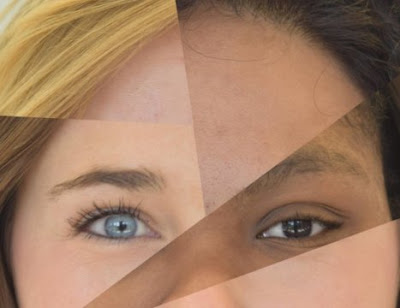Allowing robots to help care for the elderly may seem cold and lacking in the human touch, but in Japanese media, robots are depicted as helpful and friendly. Many Japanese view them positively. With an aging population, over 1 in 4 are at least 65 years old, and a dwindling work force, Japan needs creative solutions. Lessons learned from Japan’s experience will benefit other countries with aging populations, including the US.
While robots will never replace human caregivers, they help meet a variety of needs. They can be companionable, such as Paro, the furry white seal that makes seal cries when petted. They can aid the disabled, such as Tree, an upright robot that crawls the floor showing a senior where to place the next step and offering balance support. They also help staff, such as HAL (Hybrid Assisted Limb) which provides back support and powered assistance when lifting people.
Robots are not cheap. For example, Paro the robot seal took over 10 years to develop and received over $20 million in government support. It currently costs 400,000 yen ($3,800 USD). Most facilities using robots have relied on local and central government subsidies.
At Tokyo’s Shin-tomi nursing home, using robots hasn’t reduced personnel costs or working hours, but they have made the work environment safer, and boosted the morale of both staff and residents, making them feel supported.
The global market for robots for the elderly and disabled is currently small ($19.2 million in 2016), and made up mostly of Japanese manufacturers. Future market growth will be exponential: demand in Japan alone is expected to reach $3.8 billion by 2035, when about 1/3 of Japan’s population will be 65 or older.
Japan also hopes to supply a lucrative export industry to places such as Germany, China, Italy and other countries facing aging populations.
How robots could help care for Japan's aging population
Malcolm Foster for Independent, UK, April 9, 2018. Photography by Kim Kyung-Hoon.
Accurate Biometrics
Practical solutions for fingerprint collection and processing.


